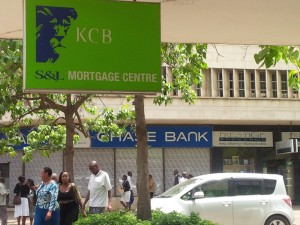The Central Bank of Kenya (CBK) has published a consultative paper on a review of the country’s microfinance bank laws. It notes that since the first microfinance bank (MFB) was licensed in May 2009 (which was Faulu), the number of licensed MFB’s in the microfinance industry space has increased to thirteen – including Faulu Kenya MFB, Kenya Women MFB, SMEP MFB, REMU MFB, Rafiki MFB, Century MFB, SUMAC MFB, Caritas MFB, Maisha MFB, Uwezo MFB and U&I MFB, with two more – Daraja MFB and Choice MFB – being community-based MFBs.
The thirteen MFB’s had a total of 114 branches as at December 2017 but there was a drop in performance as their assets declined by 4.6% to Kshs 69 billion at the end of 2017, with their loans and deposits also taking a dip between 2016 and 2017. The last three years have also seen a decline in their profitability (overall profit of Kshs 549 million in 2015, followed by a loss of KShs 377 million in 2016 and a steeper one of Kshs 731 million in 2017) with the 2017 loss attributed to a reduction in financial income.
CBK found that microfinance banks face various challenges including; they need better governance & structures, have inadequate capital & liquidity, face increased credit risk & non-performing loans, are reliant on deposits & expensive borrowings, and face more impact from fintech company innovations, and Kenya’s interest rate caps law (2016) as well as IFRS9.
CBK has made proposals for microfinance banks including improving their corporate governance (through vetting, setting duties & tenure of the board of directors and having more independent directors), having a single license for MFB’s (no more national or community distinctions), increasing the minimum capital for existing and new MFB’s, and vetting of MFB shareholders. Other proposals are around risk classification which will shift from the current assumption that loans are repaid weekly, to the reality that they are repaid monthly, and that microfinance loans now have a longer-term outlook
Members of the public are invited to give views by March 15 (email: fin@centralbank.go.ke) and these will be incorporated into a microfinance amendment bill (2018) that will later go to Kenya’s Parliament around June this year.
$1 = Kshs 101

